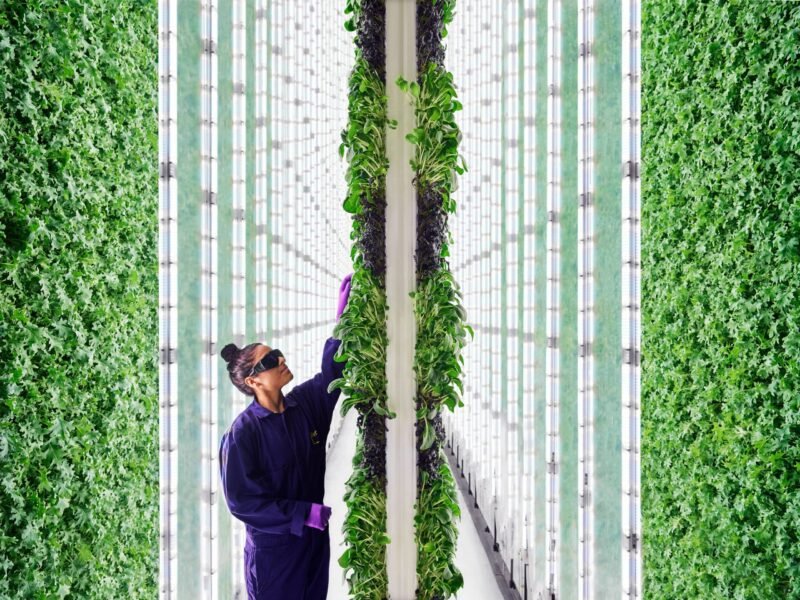Samsung Wants to Reduce Waste With Multifunctional Packaging

What if the cardboard box of your TV could be turned into a table? Dezeen and Samsung's Out of the Box Competition showcases cardboard packaging designs that can be easily made into furniture — from coffee tables to music amplifiers.
With the rise in online shopping and the packaging that comes with it, Samsung and Dezeen partnered to create design solutions that allow cardboard Samsung packaging to be repurposed into furniture and household items.

Endangered Animals by Sarah Willemart and Matthieu Muller of Studio Fantasio 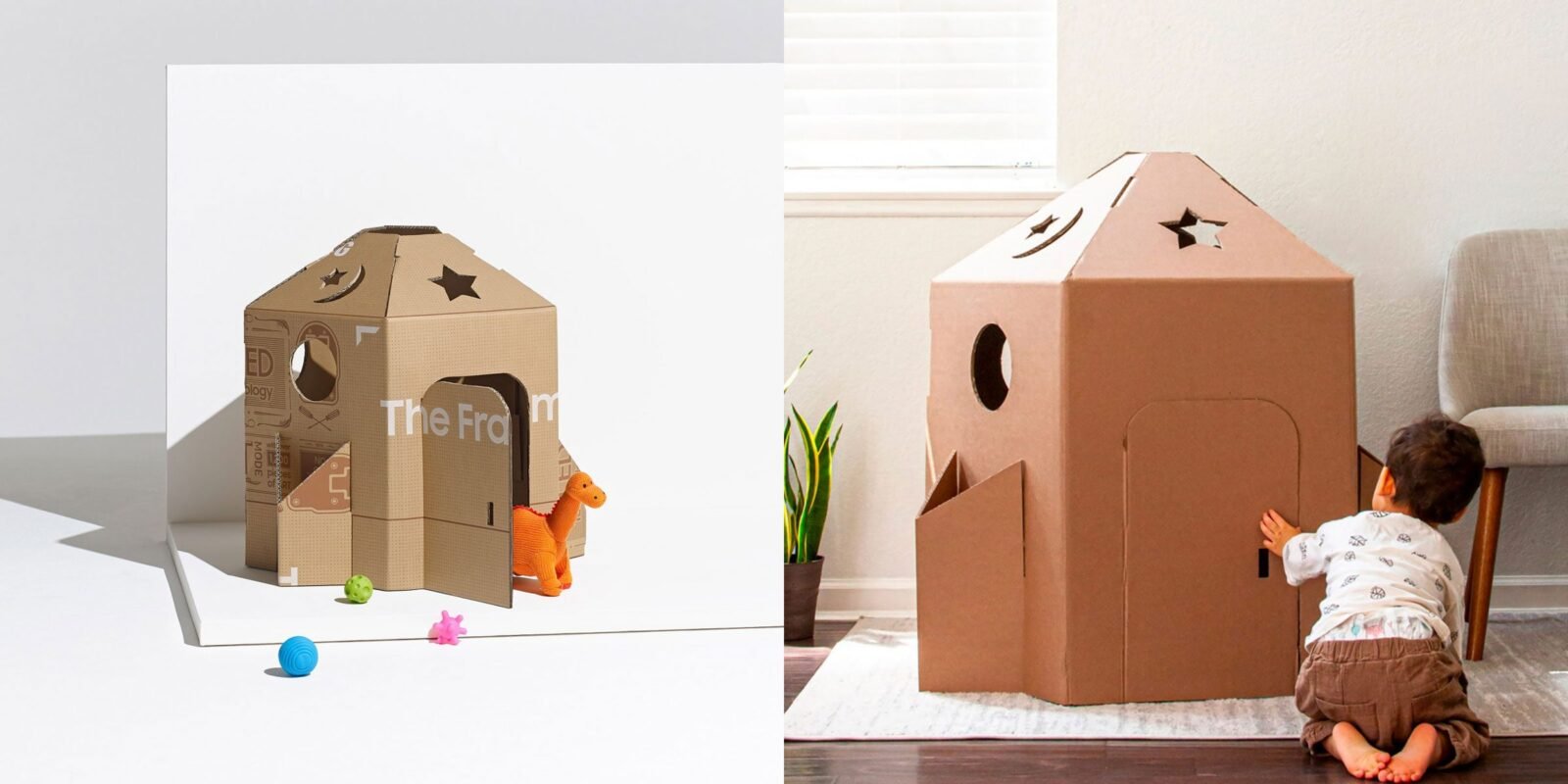
Blast Off Club House by Olga Tesler 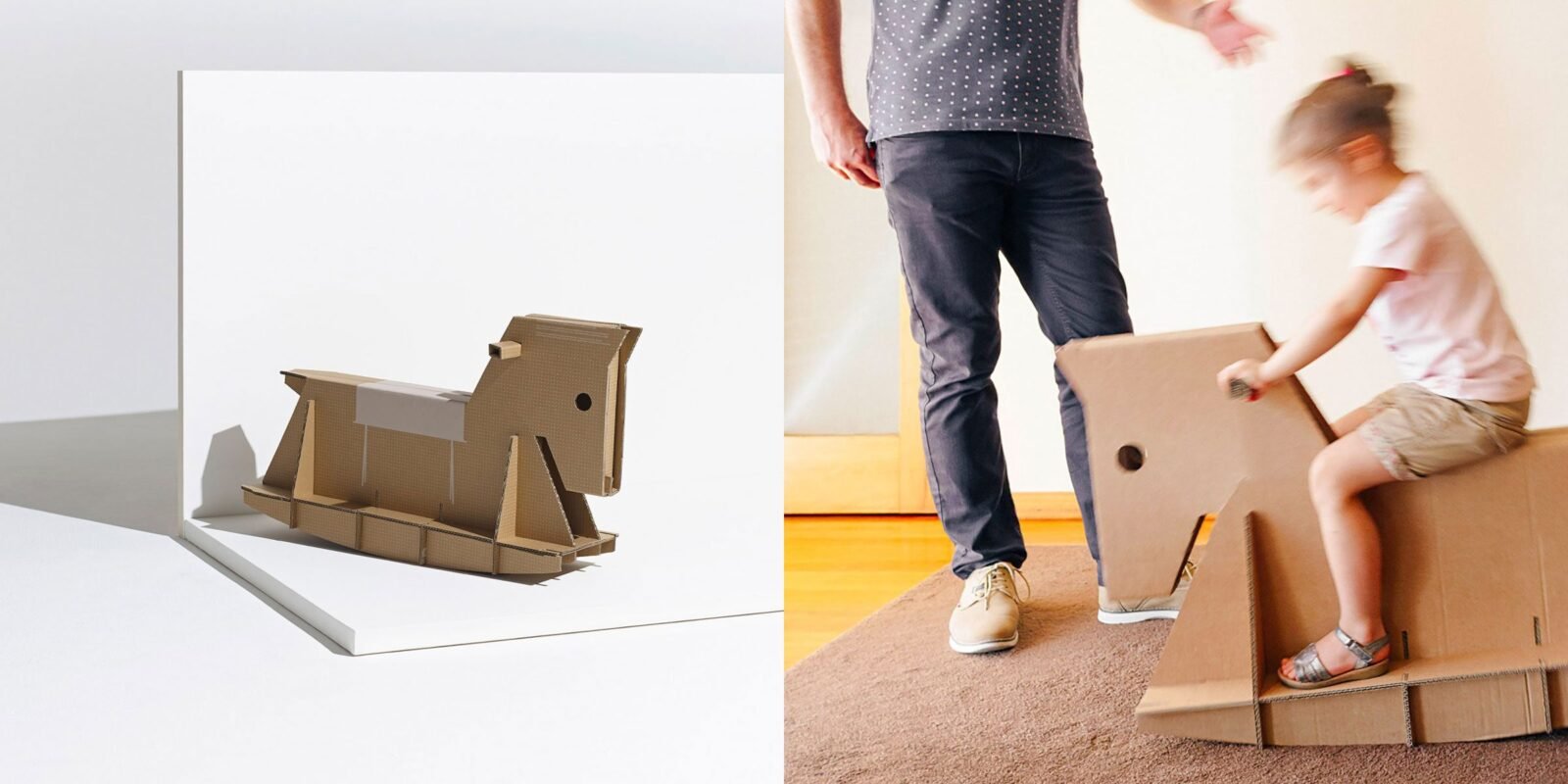
The Rider Rocking Horse by André Cardoso
The entrants to the Dezeen × Samsung Out of the Box competition designed packaging that has alternative purposes and a new lease of life after use as packaging. The shortlisted designs included a desk tidy, plant pots, various end tables and storage solutions, a gramophone style music amplifier, and, for children (or those with a playful nature) there are even designs for playhouses and rocking horses.
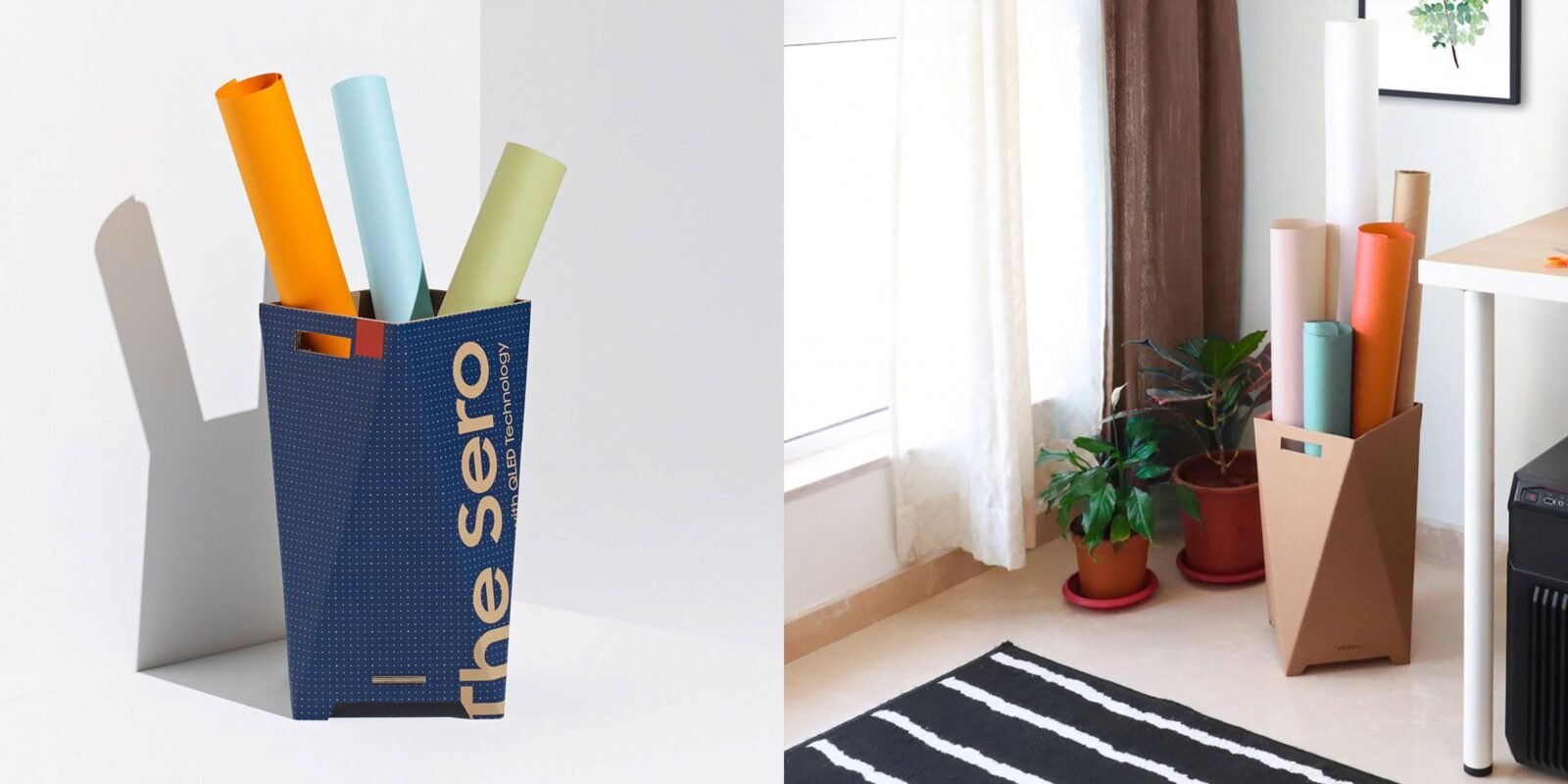
The top five designs announced in August are Sarah Willemart and Matthieu Muller’s animal companions for children, André Cardoso’s The Rider rocking horse, Akhil Kumar’s Twist basket, Revaz Berdzenishvili’s Kibe storage solution, and Abigail Whitelow’s modular furniture called Tessellate.
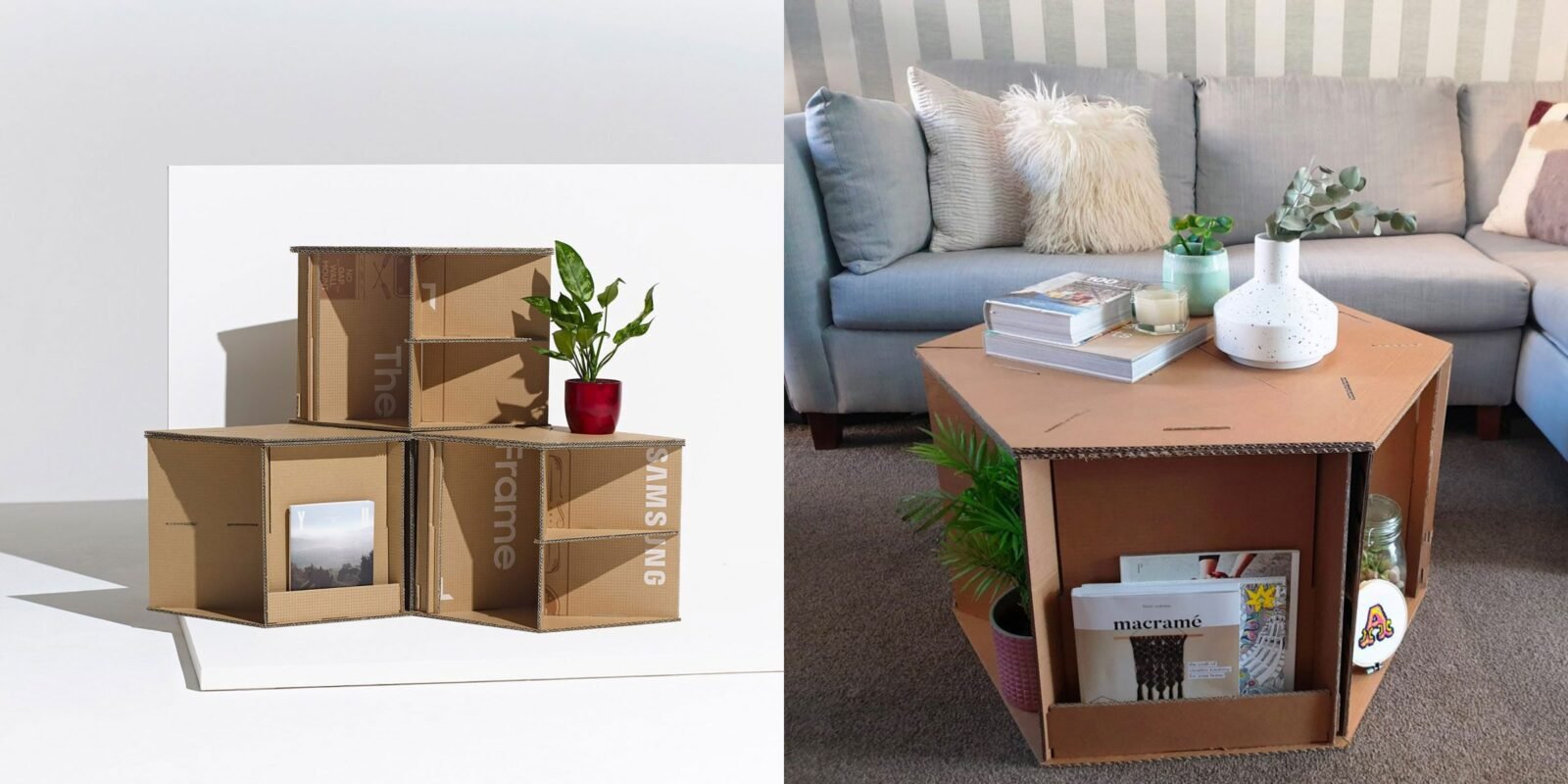

The competition tackles the issue of closing the cycle of packaging to waste in an increasingly online and e-commerce world. Online shopping is becoming more and more prevalent, but issues of packaging associated with in-store purchases also remain an issue. There is a corporate, brand and retailer responsibility to avoid wasteful packaging that fills our landfills and opt for circular and reusable packaging. Even recycling isn’t as environmentally-friendly and effective as simply avoiding the creation of waste.

Rise in online shopping has seen an increase in waste, but so have temporary lifestyles and throw-away furniture. Anyone who has moved into an unfurnished flat, bounced around and moved every few months or lived in student accommodation will be familiar with having the bare essentials of furniture at least temporarily, how odd bits become furniture to fill a gap and how perfectly good furniture often get left on the curb when new homes can’t be found for them.

The Soban Tables by Kiyong Lee and Yejin Kim of beFormative 
Sneaker Rack by Loong Jin Yoong of Convoy 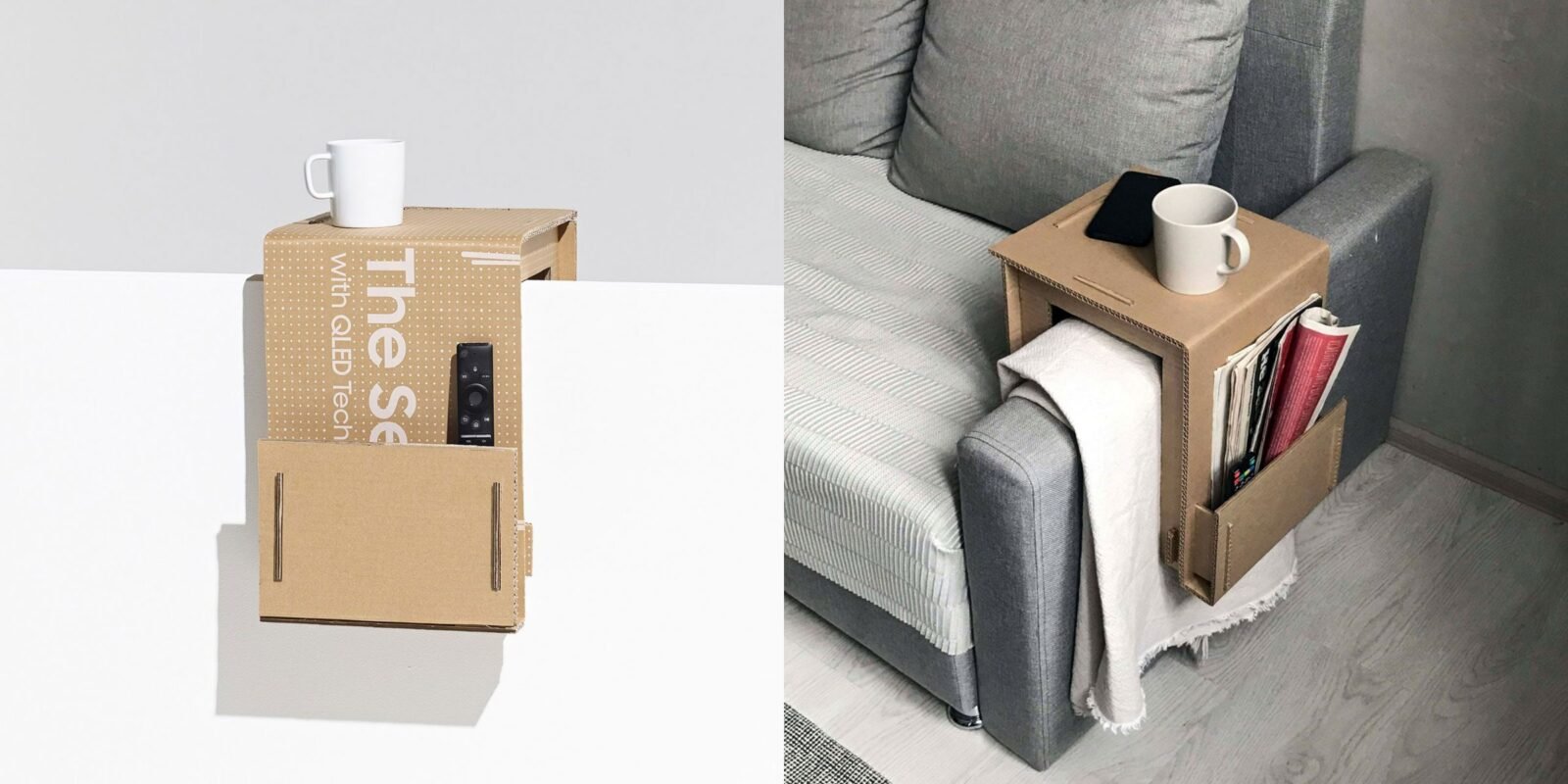
Alex Sofa Table by Nina Nechaeva and Aleksey Stelmakh
While these repurposed packaging designs are not permanent solutions and lie within a wider problem of the electronic and consumer waste, they offer a shift in thought about waste and packaging. They might even deter you from buying a piece of furniture that you’ll be forced to throw away. With the rise of temporary lifestyles and temporary spaces, innovations such as these that close the gap between waste and (new) purpose become increasingly valuable and essential in future developments.

